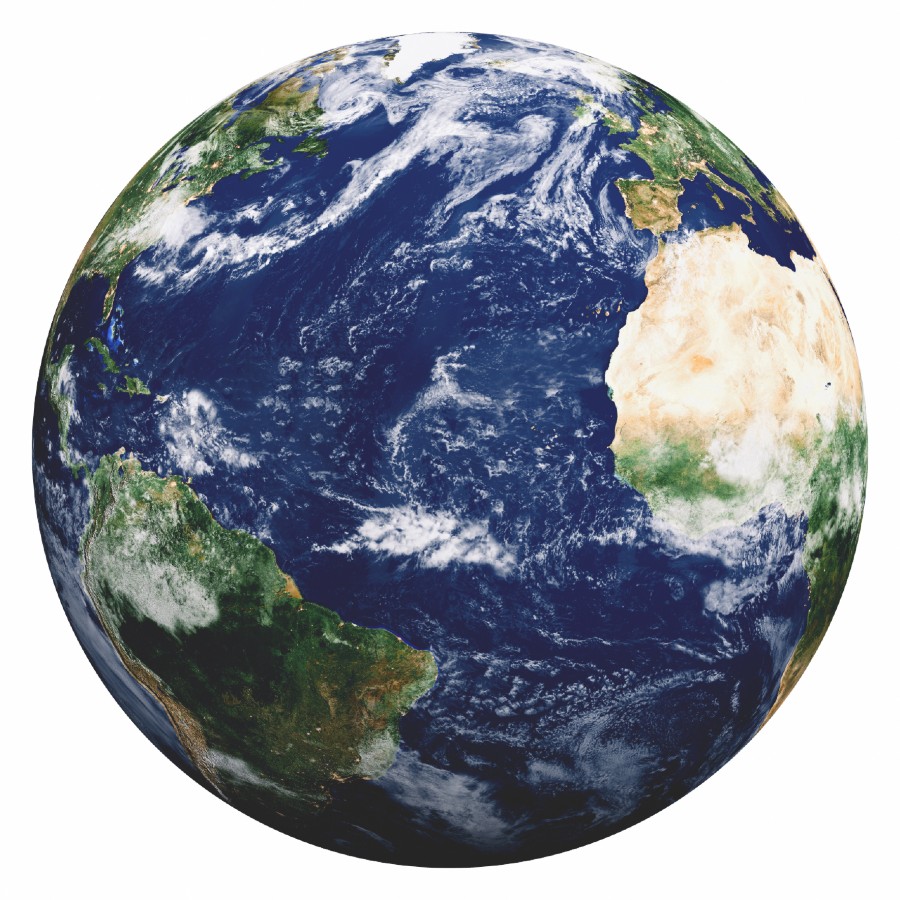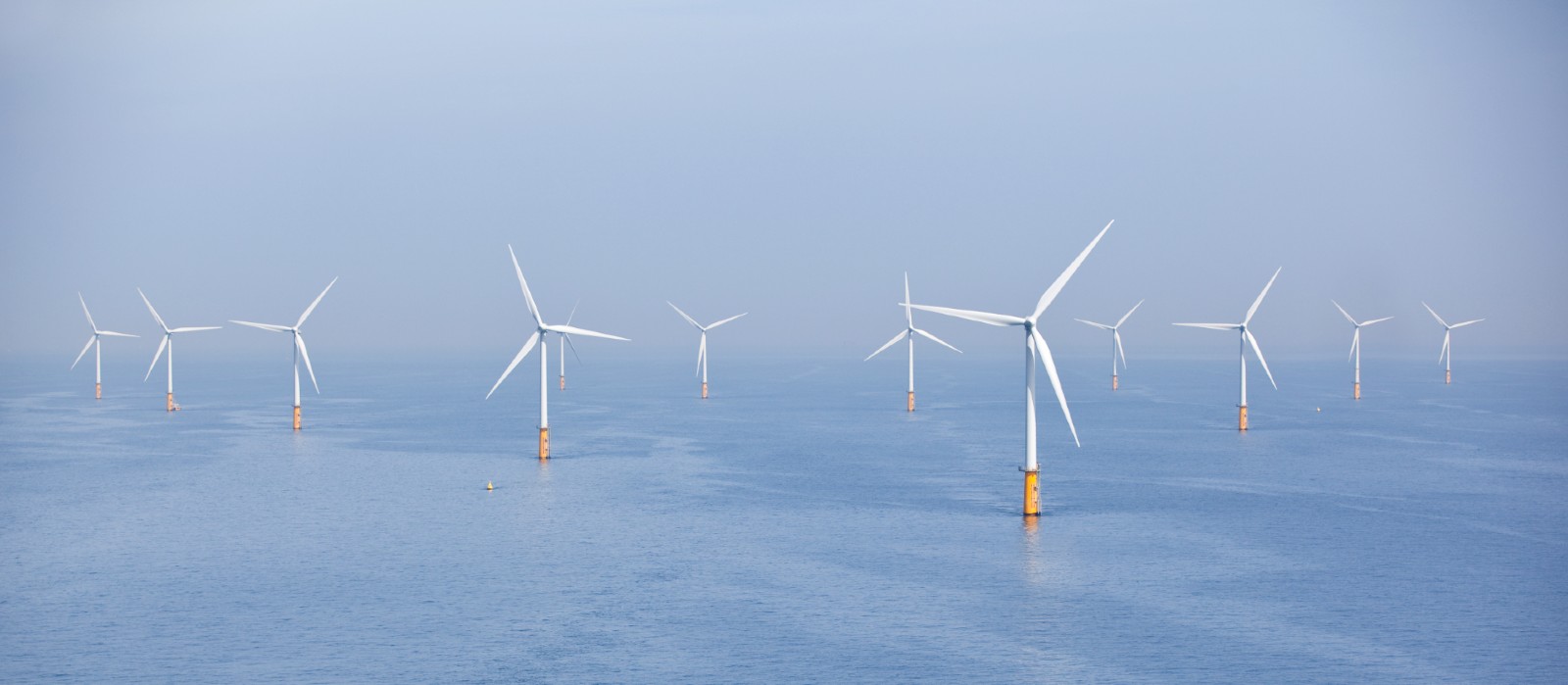This is a group to be taken seriously, led by offshore wind energy majors Ørsted and Equinor.
The plan to install 1,400 GW of offshore wind by 2050 is ambitious, but absolutely doable, and would be a very important step to reach climate targets. If fully implemented, offshore wind could provide as much as 10% of the world’s total electricity needs by 2050 – and that’s taking into account the expected increase in demand.
Ambitious targets for offshore wind
1,400 GW of offshore wind is approximately 47 times more than is installed today (~30 GW). To reach the target the installed offshore wind capacity would need to increase with 46 GW every year. This is significantly higher than the current rate of offshore wind installation, but still realistic.
It would require an acceleration in the development with more industry and jobs directed towards offshore wind energy. The development of onshore wind has proven this to be possible, with annual installations around 50 GW for the last few years.
The ambition also plays well along with the scenario set forth by the European Commission of between 230 and 450 GW of offshore wind by 2050 as an important part of reaching climate goals.
Offshore wind can delivery high output
Wind conditions offshore are in general very favourable, providing conditions for offshore wind farms to output high amounts of energy. At an assumption of 4,000 full load hours per year, the 1,400 GW of offshore wind would deliver 5,600 TWh annually. This is high in comparison with land based wind, but more or less as can be expected at good offshore conditions. In 2017 the global electricity consumption was about 22,347 TWh.
This will increase towards 2050 due to electrification of the society and thus reduction of greenhouse gasses, thus in 2050, it seems a realistic assumption that the 1,400 GW of offshore wind can be supplying about 1/10 of the global electricity demand. It is also a fair assumption that the clean energy supply from offshore wind will save over 3 billion tonnes of CO2 annually by 2050.
A transformation of the industry
To develop this amount of offshore wind capacity to become a cornerstone of the global energy supply, we will be seeing a transformation of the industry with a build-up of new supply chains to serve the offshore wind energy market, but also the technology need to be developed and system solutions must be developed to enable reliable and efficient operation of the power system with zero net CO2 emissions.
The good thing here is that this is not science fiction. We already have the basic building blocks, we “just” need to scale it up. The upscaling however is not a challenge to be taken lightly. To make offshore wind farms to deliver energy 24-7 for decades of years in some of the toughest conditions, and to do this in a good way, respecting nature and producing reliable and affordable electricity, this is maybe the science and engineering challenge of the century. Considering that most of the offshore wind energy potential is at sites with sea-depths excess of 70m, research and innovation to bring forward floating wind technology is paramount.
Enormous potential around the globe
The market and technology for floating offshore wind is still at an early stage with only a few pilot plants in operation. However, the potential global capacity is huge.
According to IEA (Offshore Wind Outlook, 2019), 80% of the global offshore wind potential is in areas with deep waters that can rationally be exploited by floating wind technology and can potentially supply the world’s current demand for electricity more than 14 times over. It is a new frontier in wind energy development with a huge potential.

In order to achieve the global climate targets, there can be no more net CO2 emissions from the energy system by 2050. This requires a total transformation of the system, in which the use of offshore wind energy will play a central part. In the European Commission’s scenario for a carbon neutral Europe by 2050 with 450 GW of offshore wind capacity, offshore wind will be a main source of electricity in Europe. Supplying roughly one-third of the electricity demand, offshore wind will be vital for ensuring power system adequacy and stability.
To achieve this, offshore wind farms would need to be installed at an increased rate, and they must be connected and controlled in a way that supports the proper operation of the power system.
Research is required to make the plans a reality
Research and education is needed into transmission system technologies, including subsea technologies, and into systems science for the integration of wind power plants into the future electricity grid. This must consider both the design and operation of the wind power plants to support grid stability. Alternatives should also be explored. For example, using offshore wind to produce hydrogen, or to create charging hubs for electric-powered vessels, or other multi-use options.
At SINTEF, we collaborate closely with industry and academia to develop new knowledge, solutions and innovations. Our motto is technology for a better future.
We have been engaged in offshore wind development since the start. We contributed to the development of the HyWind floating wind turbine technology already in 2005, with specification of the control system to keep the turbine stable in strong wind and waves and a scale test in our ocean labs.
In 2019, at the annual DeepWind conference, we engaged in a cooperative effort with NTNU and the Technical University of Denmark (DTU) to establish the Nordic Offshore Wind R&I Centre – NOWRIC. The goal is to bring forward better and cheaper offshore wind farms that are contributing to the efficient and clean operation of the power system without any emission of greenhouse gases.









Comments
No comments yet. Be the first to comment!